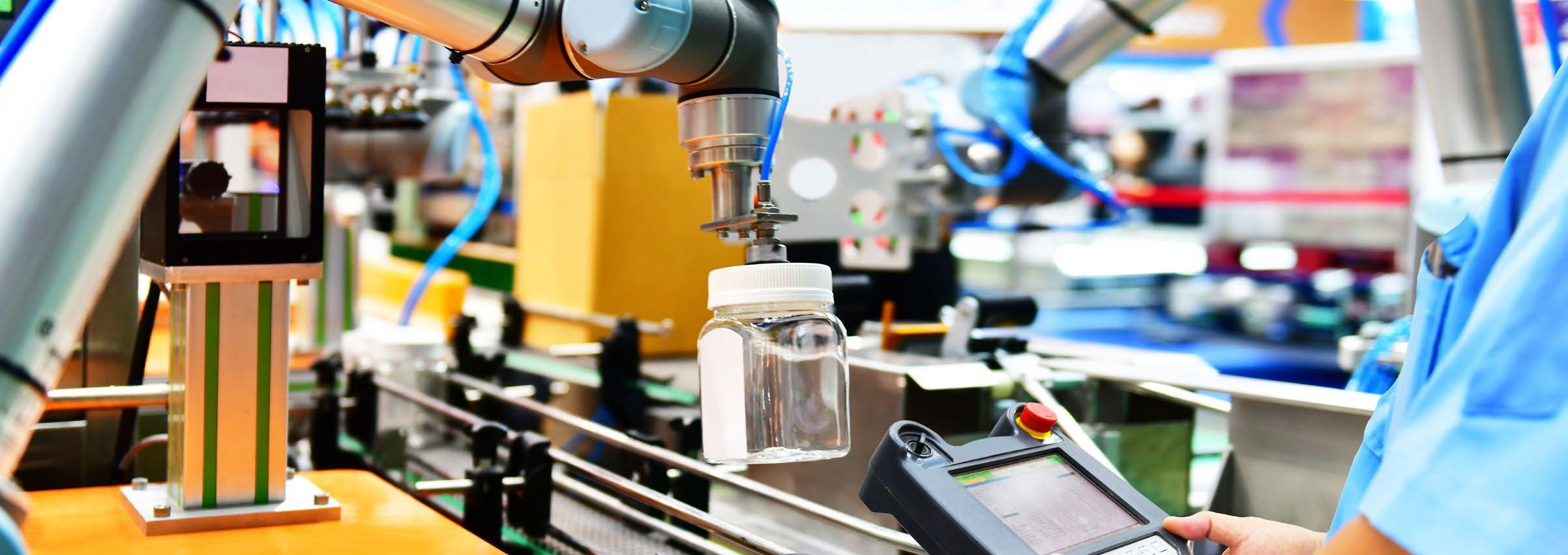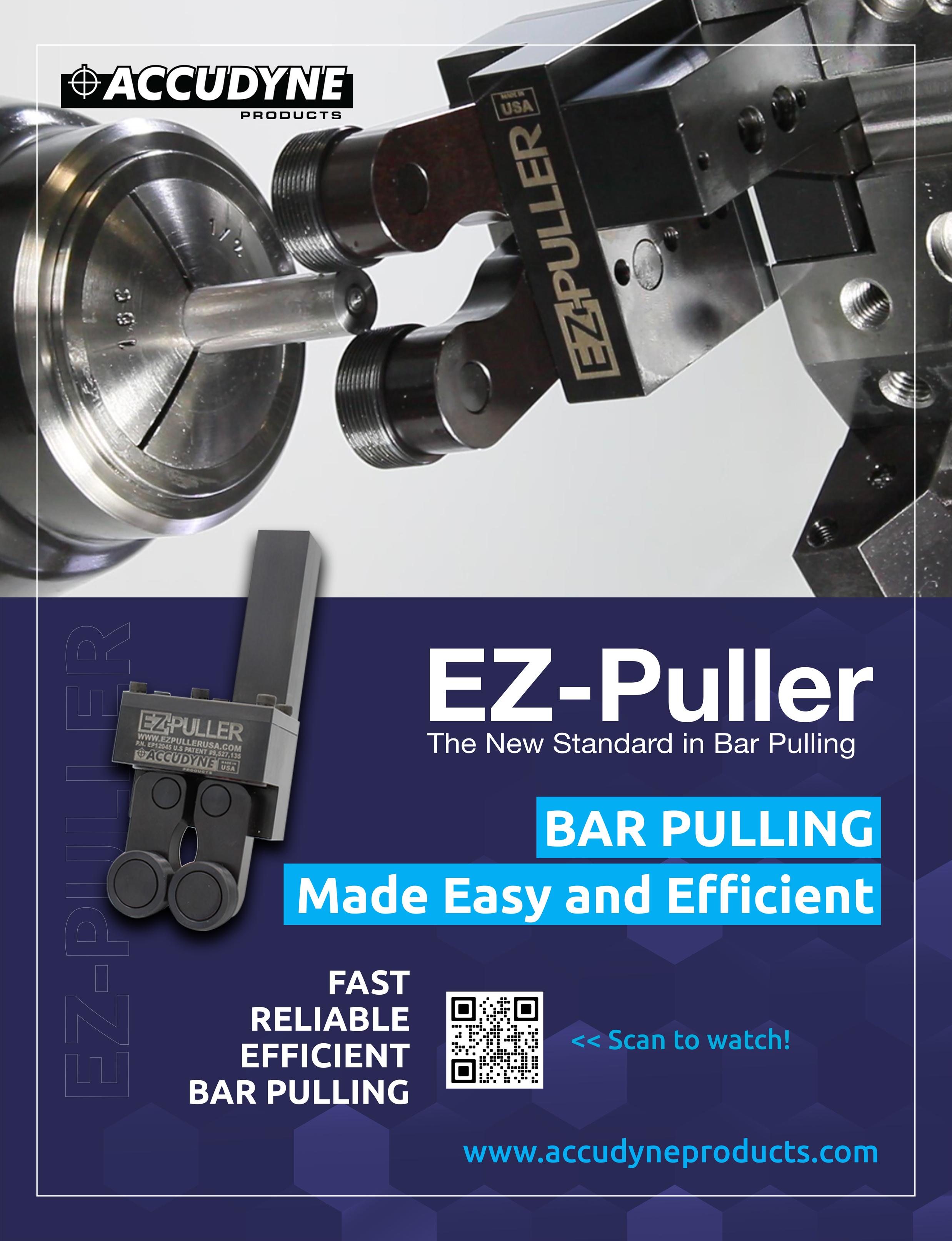
6 minute read
INTEGRATIONS
What are some of the current trends you’re seeing with robotics and automation in the machining and manufacturing industry?
Advanced automation, additive manufacturing and Digital Transformation – those are major trends shaping the future of manufacturing. Automation is driven by advances in robotics. It is taking different directions: On the one hand, absolute automation leads to lights-out manufacturing in dark factories, eliminating human labor completely. On the other hand, responsive robotics allows for closer human-robot collaboration, referred to as Coboting. Also on the horizon is Robofacturing as a form of flexible robotic craftsmanship. All of this is of operative nature, changing the way production is conducted. Going even further, with additive manufacturing we see a new archetype of production itself, fundamentally changing the very nature of how objects are brought into being: Conjunctive Emergence contrasts established archetypes of subtractive and transformative manufacturing. Finally, Digital Transformation is changing the functional logic of the systems of which manufacturing is a part of – value chains, markets and the society at large.
What are dark factories and lights out manufacturing?
Lights-out Manufacturing is a form of production, which is characterized by end-to-end automation that allows for a manufacturing process without the need for direct human intervention at the production site. The term alludes to the notion that fully automated processes could also function in the dark, as no human presence is required. This notion also led to the coining of the term “Dark Factory”. Of course, both are meant metaphorically. In fact, many robots rely heavily on optical sensors, which is why many Dark Factories will be brightly illuminated.
What is “robofacture,” and what does this mean for modern manufacturing practices?
Robofacture is a form of production characterized by flexible robotic collaboration, meaning that a plurality of robots with different specializations work together in alternating combinations to produce diverse end products. The concept is derived from the notion of "manu-facture" in its original meaning of “production by hands”. A manufacturer is a production facility in which specialized workers with various skills collaborate in a partially structured way to produce a diverse set of complex products. The notion of a Robofacture supports that concept to the Digital Era.
How realistic is a “robofacture” manufacturing environment in today’s manufacturing landscape?
We are not there yet. And it will take some time to get there. The rise of Robofactures is not imminent. However, one should not be deceived: We are probably heading in that direction. The prerequisites for the emergence of Robofactures are flexibility, versatility, responsiveness and adaptive cooperation. And we are seeing robotics making great strides in those regards. Therefore, we should let go of the notion that absolute automation is only feasible in mass production of standardized products with unchanging processes and permanent production lines. It will be of use
in scenarios that demand more flexibility. Thus, advanced automation is very likely to make a home in smaller workshops as well. And it comes to stay.
Where do you see robotics and automation practices in the machining and manufacturing industry headed in the next 10, 20, or even 50 years?
Digital Transformation is the overarching megatrend. Driven by Digital Transformation, the functional logic of many systems of value creation is changing. More and more, production becomes part of a digital value chain, integrated in digitalized processes of analysis, decision making and transaction. To fit into this new value architecture, manufacturers have to adapt their business models. Robotics and automation are of the essence for such new business models of manufacturers in the Digital Era. In that, they can help with flexibility, variety, individualization, mass customization, decentralization, speed, new methods and fully digitally integrated processes. Will the traditional advantages of automation remain important? Of course! For a long time automation was very much about efficiency. Capacity, production precision, product quality and resource utilization were further driving factors. All of those remain relevant. But due to Digital Transformation, automation becomes a strategic issue, crucial for the business model per se in the Digital Era. The topic of smart factories needs to be at the top of the strategic agenda.
What kind of educational and training opportunities should individuals seek out who are wanting to make a career in modern manufacturing as it embraces automation?
A “career in manufacturing” will be a very different thing in the Digital Era than in the Industrial Age. Very different indeed! So much is for sure. But that might well appear to be about the only thing, that is for sure. In times of transformation, career starters face tremendous opportunities, but also high levels of uncertainty. How to cope with that? Roughly speaking, in this situation there are two archetypes of individual career planning: Anticipatory and developmental. With the former, career starters could try to anticipate what skills will be in high demand in modern manufacturing and tailor their education accordingly. Robotics or Data Science come to mind as obvious examples for such apparently future-proof professions. Being sought-after not only in manufacturing but in other sectors as well is an extra benefit of such professions. The latter approach to career planning focuses on the developmental aspect. The idea is to choose a profession of today and to embrace the change that lies ahead. One needs to be prepared for life-long learning and to be open for the ever closer cooperation with digital technologies. It seems best to gather complimentary digital skills from the very beginning. Those who complete an apprenticeship to learn a craft today had better be ready to work with innovations such as coboting and additive manufacturing in the course of their career. 26 | IMDQ | Q3 2022 What advice would you give manufacturers and companies who are looking to embrace workforce development and train the next generation of plant floor operators?
Make it strategy-driven! The mix of competences needed in the future is very much dependent on the strategic positioning and the envisaged business model of the company. Digital Transformation will bring fundamental change to many companies in manufacturing and machining including products, markets, value architecture. Combine that with automation and robotics and the magnitude of change becomes evident. Lights-out Manufacturing, Coboting, Robofacturing, each approach to automation requires a different mix of skills. Likely, with all of them, experts in robotics, informatics, data science and engineering will be needed. Big differences between the approaches will be in the roles for plant floor operators and skilled production workers. Craftsmanship will likely continue to be sought after in a Coboting scenario, of course complemented by Coboting skills. That’s different in Lights-out Manufacturing, where absolute automation is intended to make such labor unnecessary. The challenge for workforce development is that there is a huge level of uncertainty and diverse trends. A strategic approach can help with that. At the same time, transformation doesn’t come overnight. As it is a continuous transition, the workforce has to be equipped with the necessary skills on every step along the way.
How can traditional manufacturing and modern manufacturing practices coexist on the same plant floor? Is it possible?
Synergy is key. The gold standard of human-robot collaboration has traditionally been for both to play to their strengths: Humans are very good at problem solving, creativity, flexibility and sensibility. Robots can handle with ease repetitive, tedious, strenuous and even dangerous tasks.
Recently, however, this delineation is changing. Sensor technology, artificial intelligence and digitalization are bringing enormous advancements in robotics, increasing flexibility and problem solving capabilities. As a result, robots can handle more tasks that previously required human activity – but they can also collaborate more closely with humans, amplifying the unique capabilities of humans. This will allow for flexible robot assisted human work, employing robots in completely new domains. Of course, this will require humans to learn new skills.
ABOUT THE INTERVIEWEE
Dr. oec. HSG Dr. phil. Jörn Lengsfeld is a German economist, management expert and communication scientist. He holds research doctorates from the University of St. Gallen (doctor oeconomiae) and the Philosophical Faculty of the University of Erfurt (doctor philosophiae). Learn more about him and his work on his website, joernlengsfeld.com, or contact him at mail@ joernlengsfeld.com.





